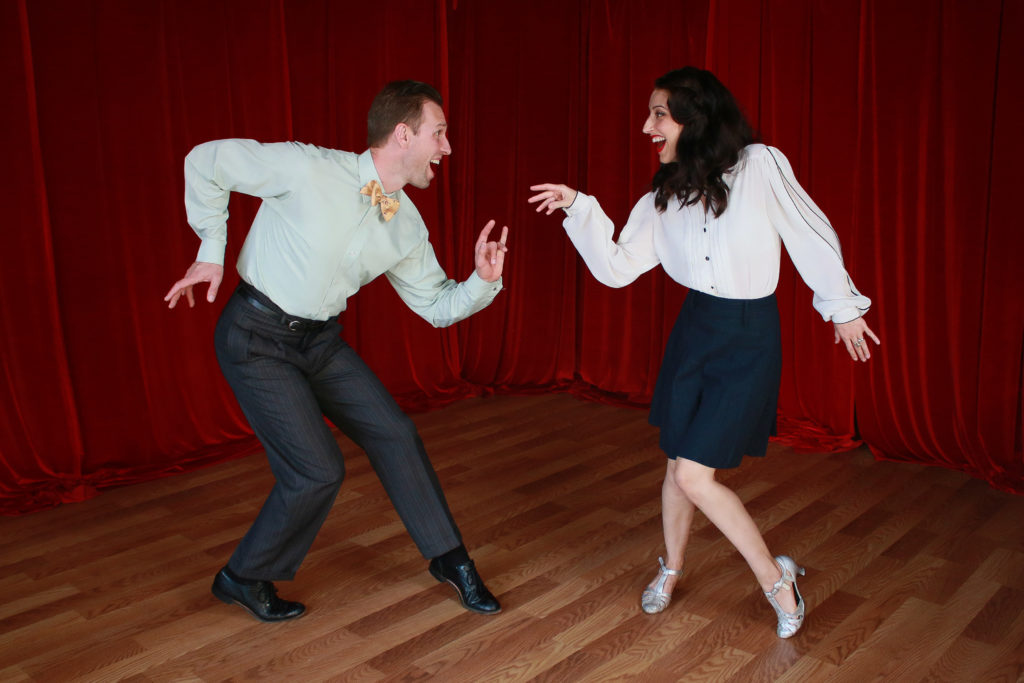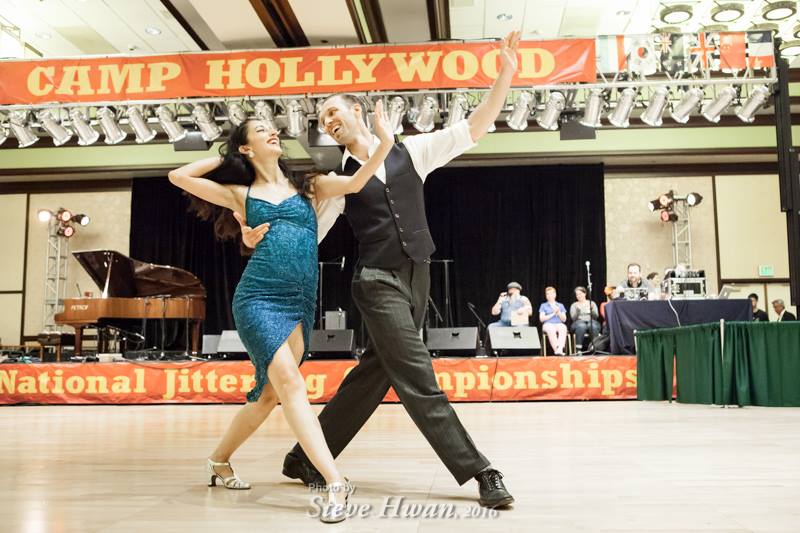The Things We Forget When Pursuing Styling

One of the most popular requests I get from students is to teach them styling choices. I think as artists, we have an immense craving to expand our creativity. Sometimes, it is so much that we overlook important elements that are fundamental for learning and executing these variation choices. Let’s look beyond learning a new step, new rhythm, or new move, and take a look at the essential skills not often practiced:
- Maintaining the basic elements of connection (like stretch) during the styling
- Maintaining the same body movement as your basic (The difference between “swivel styling” and “open position styling”)
- Reconnecting fluidly, especially after a disconnect (such as a free spin styling)
These “forgottens” are the elements that make even the most simple styling look epic. Before you shift your learning focus to stylings, I recommend you practice these things first.
Know the exact position of your basics at EVERY moment in time.
 If you said, “Hey Sarah, show me your 3-4 position of a Swing-out,” I could show you immediately. I could tell you the ideal shape and feel and I could give you a few adaptations I might be in under x, y, and z circumstances. I know where the home base is so I feel confident exploring the unknown. (The importance of positions is the purpose behind our new FLOW SYSTEM in our new Level 1 programs.)
If you said, “Hey Sarah, show me your 3-4 position of a Swing-out,” I could show you immediately. I could tell you the ideal shape and feel and I could give you a few adaptations I might be in under x, y, and z circumstances. I know where the home base is so I feel confident exploring the unknown. (The importance of positions is the purpose behind our new FLOW SYSTEM in our new Level 1 programs.)
Have them solidified into your muscle memory.
Muscle memory is MAJOR. To have something in your muscle memory means you don’t have to analyze or think about it. This leaves your brain and body room to explore. This is the part I think a lot of swing dancers skip (compared to other genres/disciplines of dance like ballet). To build muscle memory takes:
- A ton of work
- Boring repetition
- Guidance. In the ideal world, the guidance would come from a professional. In a more budget-friendly world; with the right system in place, can be self-regulated.
This would require a lot of studio practice time, and why do it if you could be drinking a beer and social dancing instead? I understand! But I train really hard in the studio so I can feel my best social dancing.
Public, social dance floors are NOT the time for serious practice. They are the time to explore, let loose and be inspired.
Have a decent level of execution for your basic flows.
By no means do you need to be an advanced level dancer to be allowed to style. At the same time, the potential problem with focusing more on complex stylings than basics in the very beginning is the chance that you will build muscle memory of bad technique. Dax and I supplement this need for creativity when we show beginners “freestyle” opportunities.
(If you want to know how to unleash your creativity at ANY level, check out our freestyle vs. structure lesson inside our Basic Swing Course, here) Having a basic understanding of your flows go beyond hitting shapes. You need to be able to answer questions like: When do anchor points happen? How do I stretch my body? When do I need to create momentum?
How we flow in and out of stylings are just as important as the styling itself. There are many reasons for this. One of the most important for me is that it builds trust with the person I am dancing with. I can go pretty extreme in my experimenting because my partner can feel and see how my craziness fits smoothly into the dance. They trust that I still put connecting comfortably high on my priority list. This trust also gives me permission to affect my partner without them being throw off vs. having to hide things with isolation techniques.
Also, keep in mind most people’s body movement when they style tend to be worse than their basics. When we jump into the repetition of stylings more than basics, we are building muscle memory with less quality of body movement.
As you introduce stylings, spend time comparing the moment of replacement with the same moment in your basic.
Learning your first swivel styling can feel totally epic. But when you go to execute what you learned in class on the dance floor, you feel disconnected. You get confused about how to go back to your basics after you do it and, on some occasions, you almost fall over. Sound familiar? The new footwork might have worked in the controlled environment of the classroom but didn’t feel so good on the social floor. If I am playing with swivel stylings (which are different than for example, rock step position stylings with different core movement), I will aim to hit as many of the same elements as I can, especially the ending of stretch and the Lower-Body-Twist movements. Below is an example of me aiming to hit my count 2 position regardless of the styling previous.
This constant comparing of your creative ideas and your fundamentals will keep you on the right path. Below is a video of me doing the same footwork variation. In the first round, I am maintaining the connection and body movent of my basic swivels. In the second round, I lose quality when I try the footwork variation.
As your fundamentals improve, the quality of your stylings will improve. As the rhythm of your basics improves, your rhythmical variations will improve. Don’t forget to film yourself and check in with your mentor every so often to check your progress.
*Time is all relative to your work ethic, quality of the teacher, and learning speed. I have seen some students get pretty solid in a month and a lot take years.
Ready to get the guidance you need? Sign up today!
Let us know what you think!
Write in the comments below your thoughts about stylings. Is there a particular one you struggle with?
Related Lessons:
Swivel Preparation & Open Position




